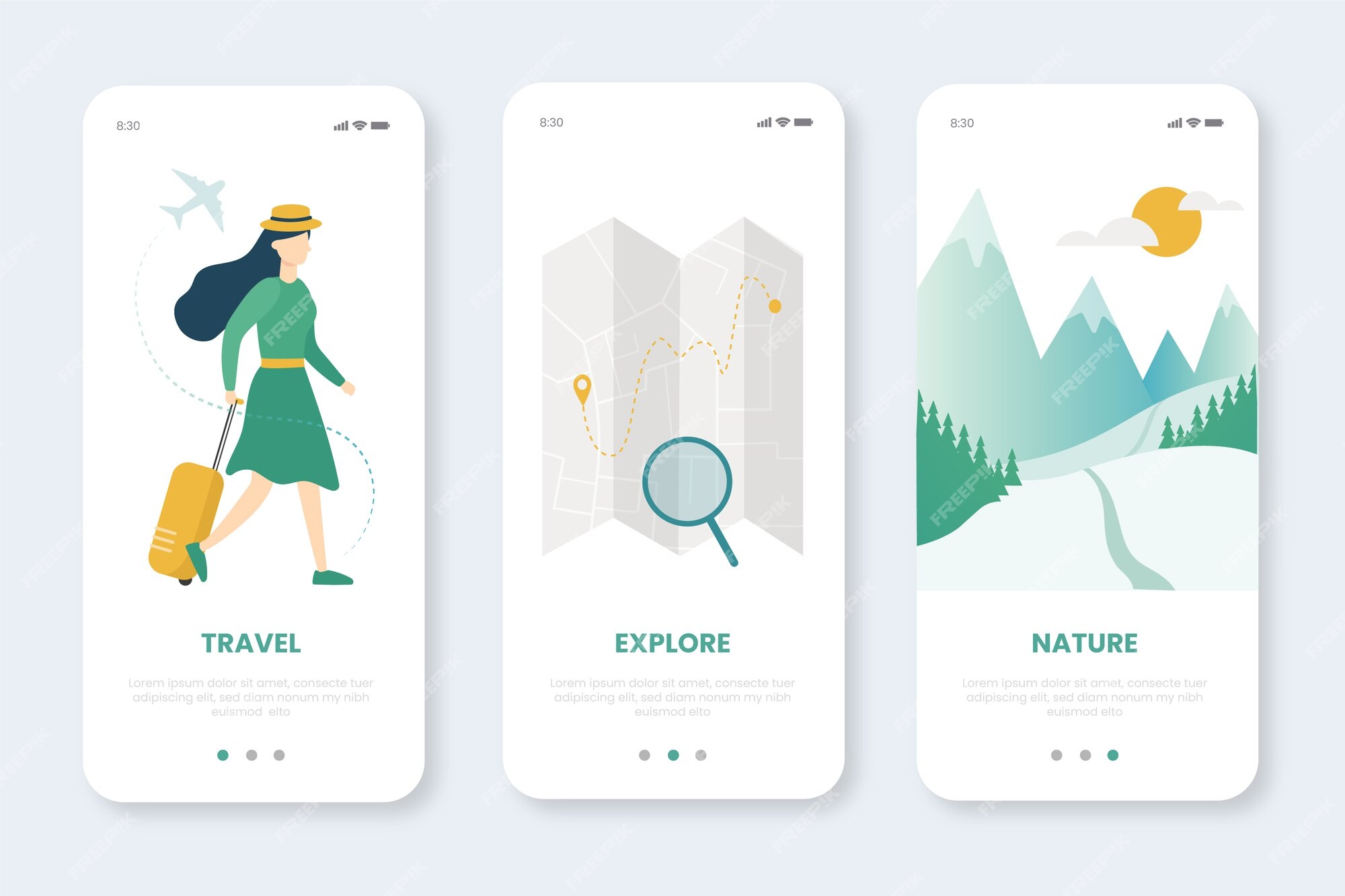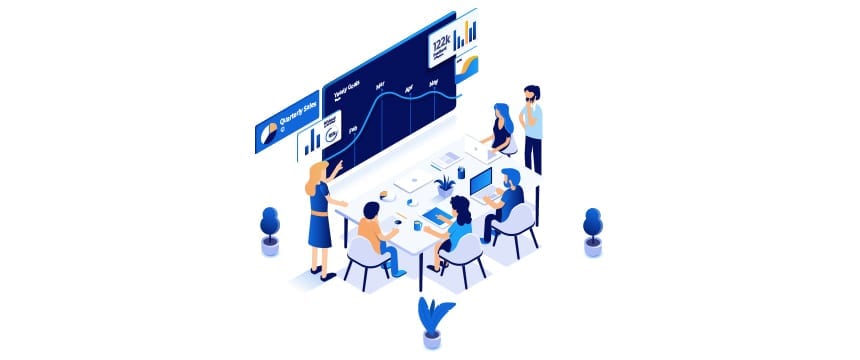Comprehensive Guide to Mobile Application Revenue Generation

Image Source: FreeImages

In the digital realm, the process of transforming a mere idea into a lucrative venture can be daunting. Aspiring app developers often grapple with one critical question: "How can I make a profit from my app?" This question has inspired the creation of this comprehensive guide.
There are numerous ways to generate income from an app. Whether you're developing a new app or seeking to monetize an existing one, this guide will provide the insights you need to understand mobile application revenue generation.
Making Money Through An App
App monetization strategies generally fall under two categories: direct monetization and indirect monetization.
Direct Monetization
As the term suggests, direct monetization refers to income generated directly from your application.
For example, if a user pays $1 to download your app from the Apple App Store or Google Play Store, the revenue comes directly from the app. Similarly, if someone uses your ecommerce app to make a purchase, the income is generated from the app.
Indirect Monetization
Indirect monetization is not as straightforward. Monetization still occurs through the app, but the actual income cannot be directly attributed to the app.
One common example of indirect monetization is a standalone product or service that comes with a free app. Here, the app is secondary. You're making money regardless of whether the app is used. The presence of an app enhances the product's appeal to potential customers as it can improve the user experience.
Six Strategies for App Monetization
There are six different strategies to monetize an app. Each has its benefits and drawbacks, and this guide will help you identify the most suitable strategy for your application.
1. Paid Downloads
One of the simplest ways to generate revenue from an app is by charging users a fee to download the app.
According to a 2020 study from Statista , the majority of paid apps cost less than $1.

While pay-to-download is a straightforward monetization model, it does have its drawbacks. You may not attract as many downloads as you would for a free app. However, paid users tend to be more engaged, which could potentially lead to more revenue through other monetization models.
2. In-App Purchases
In-app purchases can be used for both free and paid apps. This method can be used for physical and virtual products.
For example, Pokemon Go is a free mobile app that generates revenue through in-app purchases.

According to Video Games Stats , Pokemon Go has generated more than $3 billion in revenue as a free app. This revenue comes from in-app purchases, namely "PokeCoins," a virtual currency used to pay for upgrades within the app.
3. Subscriptions
Subscriptions are an excellent way to generate recurring revenue from an app. The Apple App Store and Google Play Store both make it easy for you to set up a subscription business model with your app.

Subscription apps could be applied to a wide range of industries and potential use cases. For instance, a fitness app can charge users a monthly subscription for access to workouts, videos, and training regimens.
4. Freemium Model
The freemium app model is essentially a mix between subscriptions and in-app purchases. Offering a free version with basic features and an upgraded version that delivers a better user experience is the crux of this model.
For example, the Pandora mobile app offers a free version and a subscription-based premium version.

5. Advertisements
Advertising revenue is a popular app monetization strategy. With this model, you're selling space within your app for advertisements.
According to a recent survey of the world's top app publishers , mobile advertising is the most effective method of app monetization.

6. Product Extensions
A product extension falls into the indirect monetization category. An example of this is QuickBooks , an online accounting software used by 7+ million customers worldwide. The platform comes with a free mobile app.

Monetizing Free Apps
If you don't want to charge users for downloads, you may wonder how to make money with a free app. Don't fret--you can still make a lot of money without charging for app installations.
You can apply five of the six monetization models discussed above to free apps:
- In-app purchases
- Subscriptions
- Freemium apps
- Advertisements
- Product extensions
Choosing the Right Monetization Model For Your App
Choosing the right monetization model for your app can be challenging. It's a matter of weighing the pros and cons discussed above and deciding which method works best for your mobile application.
Monetizing Your App: A Necessity?
In most instances, yes. Without a monetization strategy, your app won't generate any revenue. You'll want to ensure that you can recoup the cost for app development, and eventually turn a profit for your efforts.
However, not every app needs to be monetized. Some apps can generate revenue without an actual monetization strategy. For example, a workforce app or an employee communication app doesn't need to be monetized.
Final Thoughts
Monetizing an app can be a challenging task for app developers and business owners. However, with a clear understanding of the different ways to generate income from an app, the task becomes less daunting. Use this guide as a resource as you navigate through the process of mobile application revenue generation.